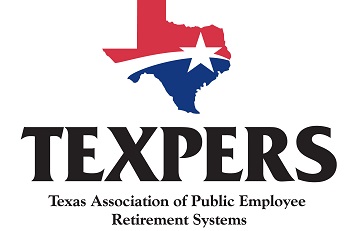Our letter to legislators points out that the mandatory fee is essentially a tax and would probably violate both the Texas Constitution and the requirements for tax-qualified plans under Section 401(a) of the IRS Code of 1986.
We note in our letter that Section 67(a)(1), Article XVI of the Texas Constitution says “The assets of a system are held in trust for the benefit of members and may not be diverted.”
Section 401(a) of the Internal Revenue Code contains a similar prohibition on diversion of assets as a requirement for preferred tax qualification status.
The appropriations Rider 3 would clearly violate those provisions.
Our letter notes that:
Although it is usual for public retirement systems in Texas to use trust assets to pay the costs of investment, actuarial, accounting and legal services, these are all essential to performing pension management according to fiduciary best practices. In the case of a required fee (or tax) to fund PRB operations, a system would be paying for services that usually will not accrue to the system and may be neither requested nor needed. This would be in contrast to a PRB fee for services that were provided at the instigation of the system.
Because the vast majority of public retirement systems are funded locally, such a mandatory fee would also be an unfunded mandate on local governments, which is not currently illegal but certainly is a subject of current political controversy, as well as a proposed constitutional amendment.We recognize that the state of Texas is looking at every way possible to balance its budget but this is not the way to go and may cost more in the way of legal fees down the road than it would benefit in the short term. – Max Patterson
